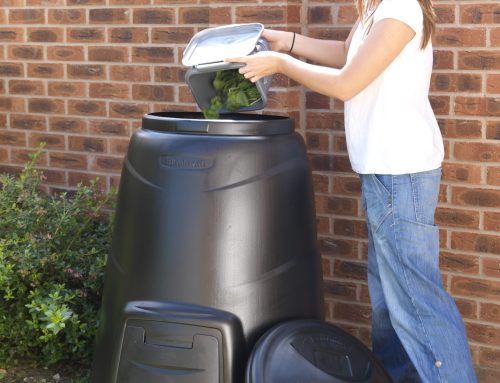Knowing what to in in a flood could save your life and keep your family safe
Can you imagine how awful it would be to have to throw all your furniture, your children’s toys and clothes, even photographs, into a skip because they had been contaminated by toxic flood water?
What about moving into a caravan or temporary accommodation with your children, for months? Not much fun at all. But this happens to people who have been flooded, and it’s devastating.
In England there are 5.2 million homes at risk of flooding, but up to half of people don’t know they are at risk or what to do in a flood – putting their property and their family’s safety at risk.
The mental health impacts of flooding can last for two years or more after flooding has happened. Depression, anxiety and PTSD can affect up to a third of people who have been flooded.
But taking steps to prepare for flooding and knowing what to do in a flood can significantly reduce the damages to your home and possessions and reduce the likelihood of suffering from these mental health impacts in the future. More importantly, it can keep you and your family safe.
Start by taking one simple step today to help protect yourself, your home, and your family from the devastating effects of flooding. Visit the what to do in a flood page on GOV.UK so you know how to ‘Prepare, Act, Survive’ in a flood.
Caroline Douglass, from the Environment Agency, said, “Flooding can cause serious disruption to people’s lives. We can’t prevent it, but we can help people to be more flood resilient. Those who are aware of the risk and have done something about it are able to reduce damage to their homes and possessions considerably.”






